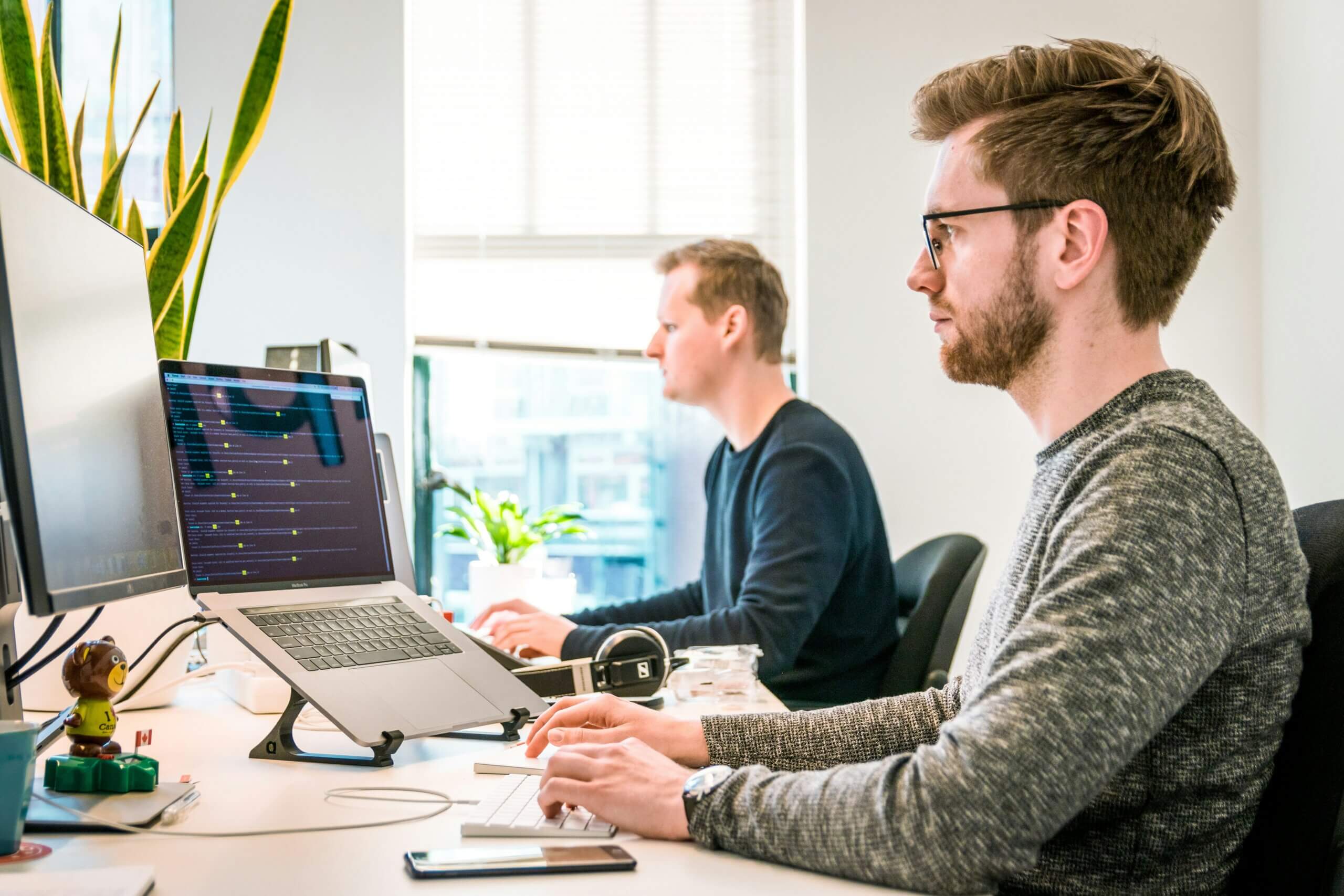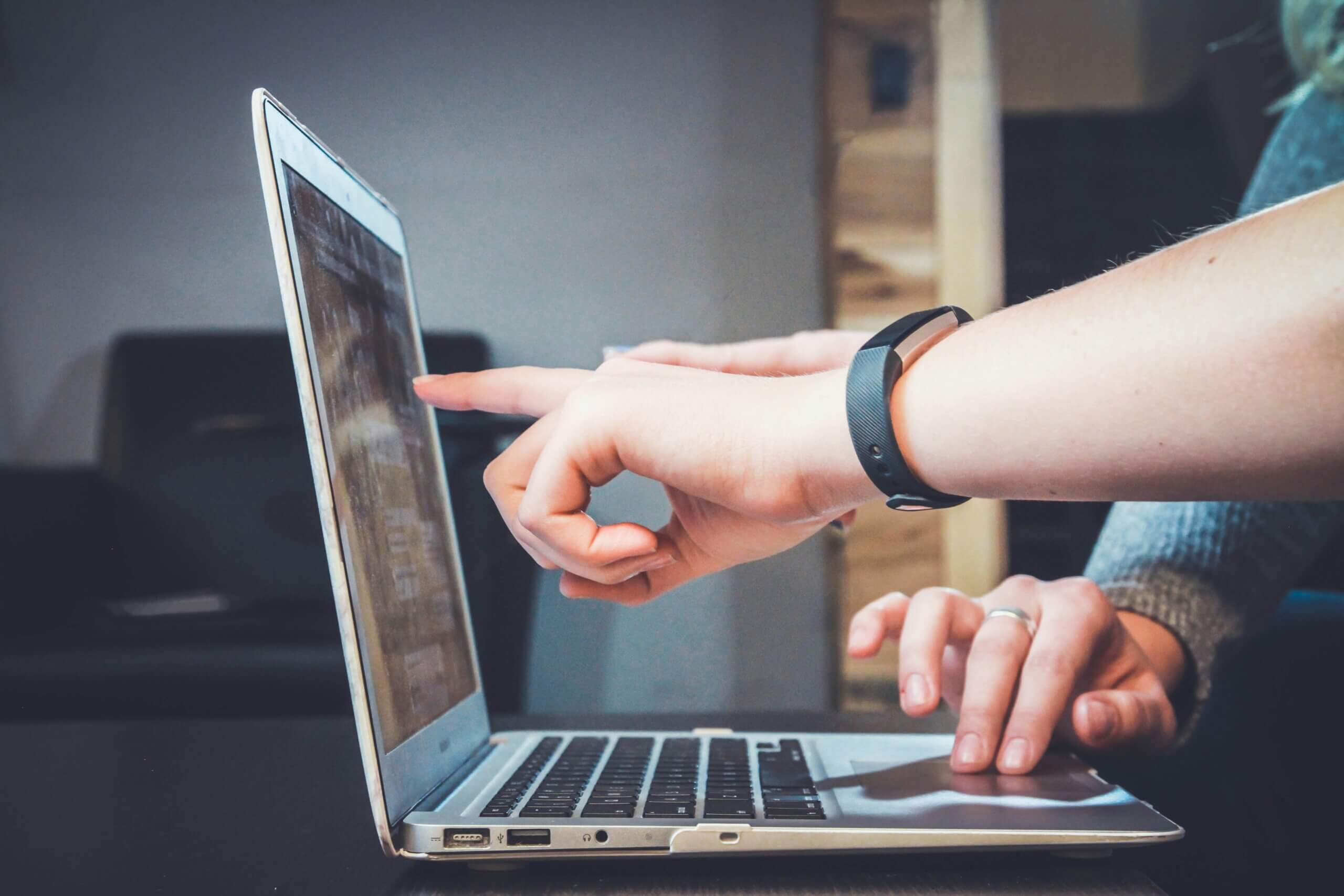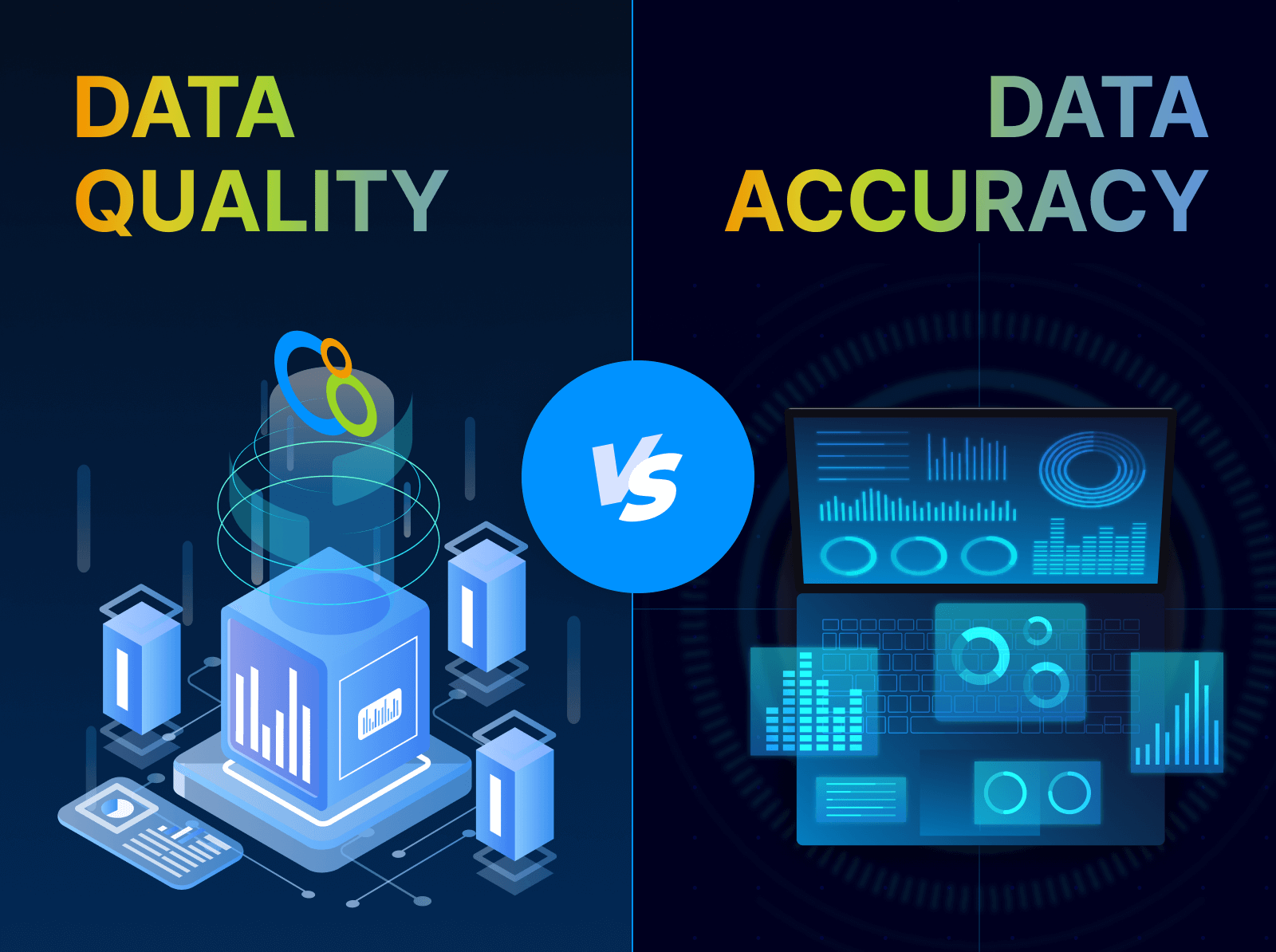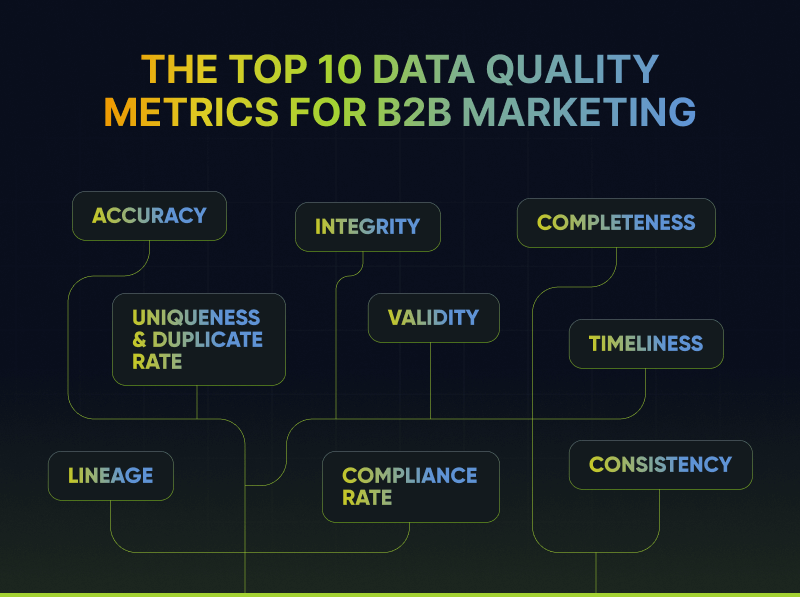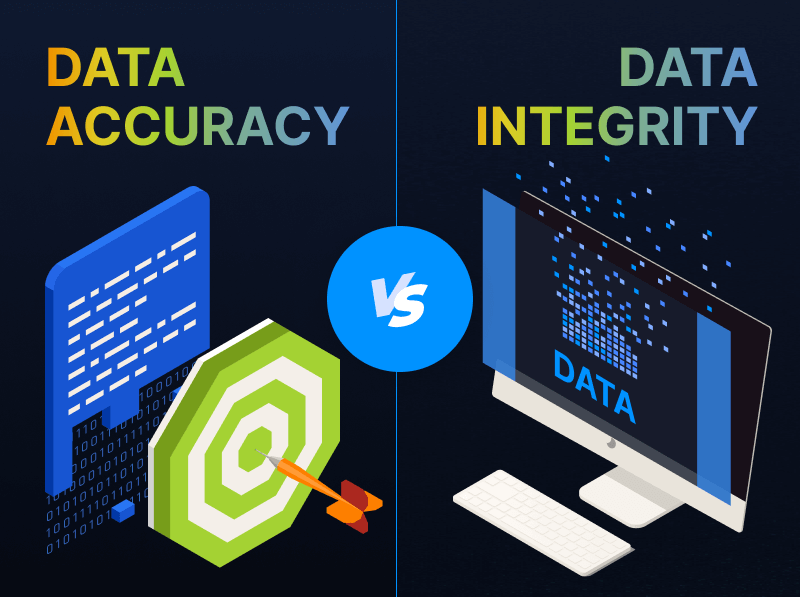How to Turn Trade Shows into a Measurable Marketing Channel
Analytics and data has shone a light on the majority of the modern marketing tech stack. For almost every channel, you can dive into the data, track key metrics and calculate return on investment, to understand how your hard work translates into results. But somehow, trade shows, exhibitions and events have been left in the dark.
Consider the event your company exhibited at most recently.
After several busy days, your booth team returns to the office, dreading the question that will inevitably come their way. “So, how was the trade show?”
Now, if your colleagues in marketing are asked about their recent email campaign, or the PPC campaigns they’re running, chances are they’ll be able to share some interesting insights: which ad variant is generating the most clicks, or how the open rate compares to previous emails.
But you’re not working on those campaigns. You’re managing events and exhibitions, so you don’t have as much insight to offer. The best you can do is report on how busy the stand was, or how much interest you had in the products on show.
Put simply: most companies don’t have the tools, technology and know-how to properly measure and report on their events activities.
Event metrics: the dream vs reality
If anything were possible, what metrics would you track when exhibiting at trade shows? Immediately after the event, your key metrics would probably be the total number of leads, and number of Event Qualified Leads (EQLs) collected. You might want to track the number of product demos, and which products were demoed most, so you can see which was most popular.
Further down the line, there are other key metrics to track, such as proportion of Event Qualified Leads that became Sales Qualified Leads, or the percentage that went on to become customers. Being able to attribute customers to specific trade shows will enable you to calculate revenue per show, and return on investment.
Unfortunately, this level of reporting often feels like an unattainable dream. In reality, many organisations still struggle to get accurate lead numbers after an event, thanks to their reliance on old-fashioned lead capture methods.
Why lead capture is holding back your events reporting
If your reps are still collecting leads with pen and paper, or by stapling business cards to their hastily scribbled notes, you’ve got two problems.
First, you’re likely losing a significant percentage of those leads, thanks to illegible handwriting, or if business cards get detached from the notes. So your numbers won’t be an accurate reflection of the performance of your events team.
Second, it takes a really long time for all those leads to be entered into your CRM or marketing automation system. Who honestly knows whether all of the leads you collect get typed up and entered into your system? So even once you’ve finished typing up all your leads from the event, and can see how many leads you collected, you can’t be sure that’s an accurate number.
How to measure events (just like the rest of your sales and marketing)
On paper, it’s not hard to measure the success of exhibiting at trade shows. There are several simple event metrics to track – the difficult bit is having the right tools in place to do so.
The majority of the traditional lead capture tools were never designed to integrate with the modern marketing tech stack – which is why events and trade shows remain separate from it. By switching to a fully digital, universal lead capture solution like Integrate Events, it becomes much simpler to feed the leads collected at a trade show into your CRM and marketing automation systems, as well as attribute leads to a particular source – meaning it’s much easier to track and measure events just like the rest of your marketing activities.
Ready to take the next step? Download this free guide for actionable steps on how to measure ROI from your trade show and event activities.


